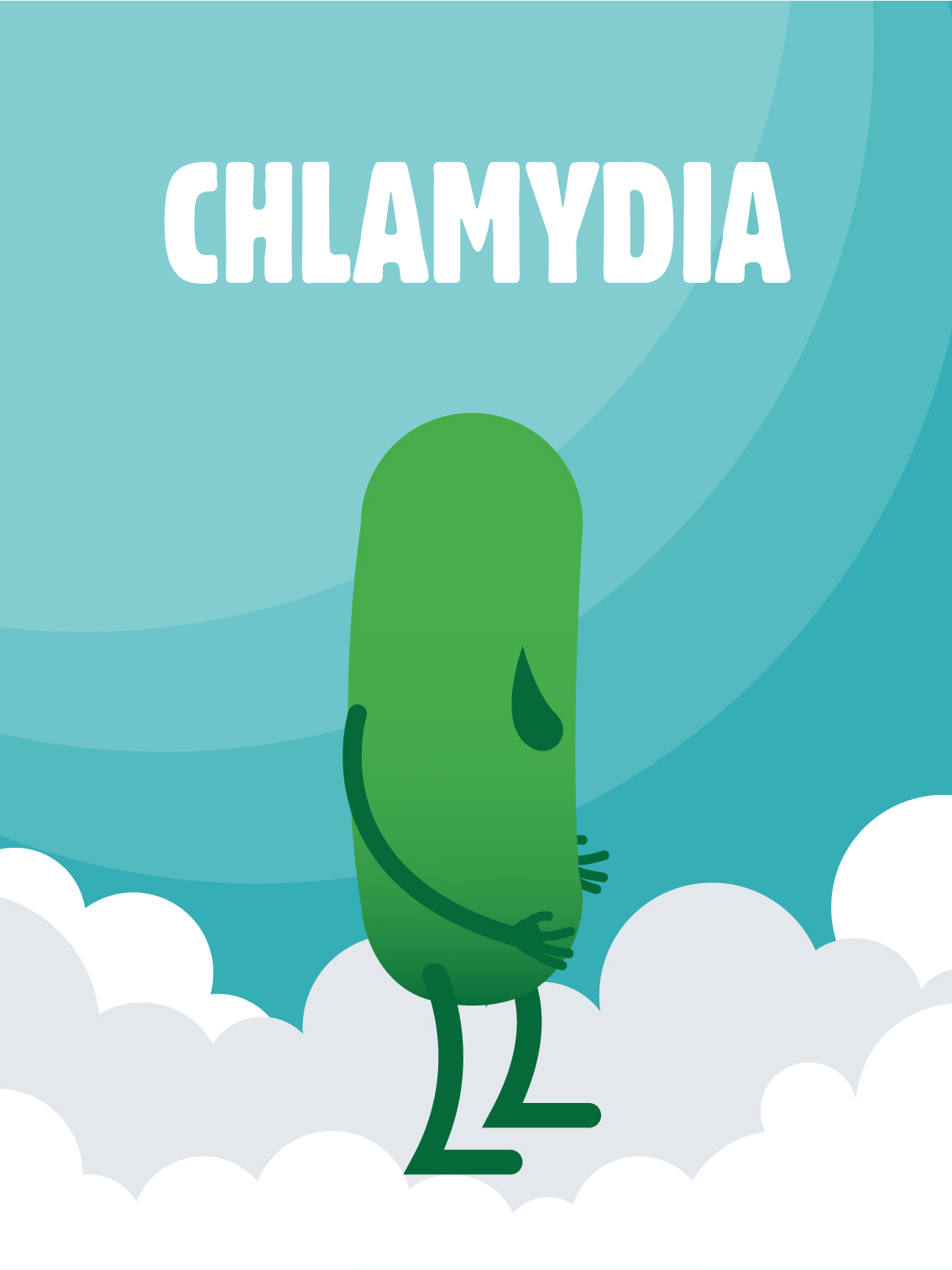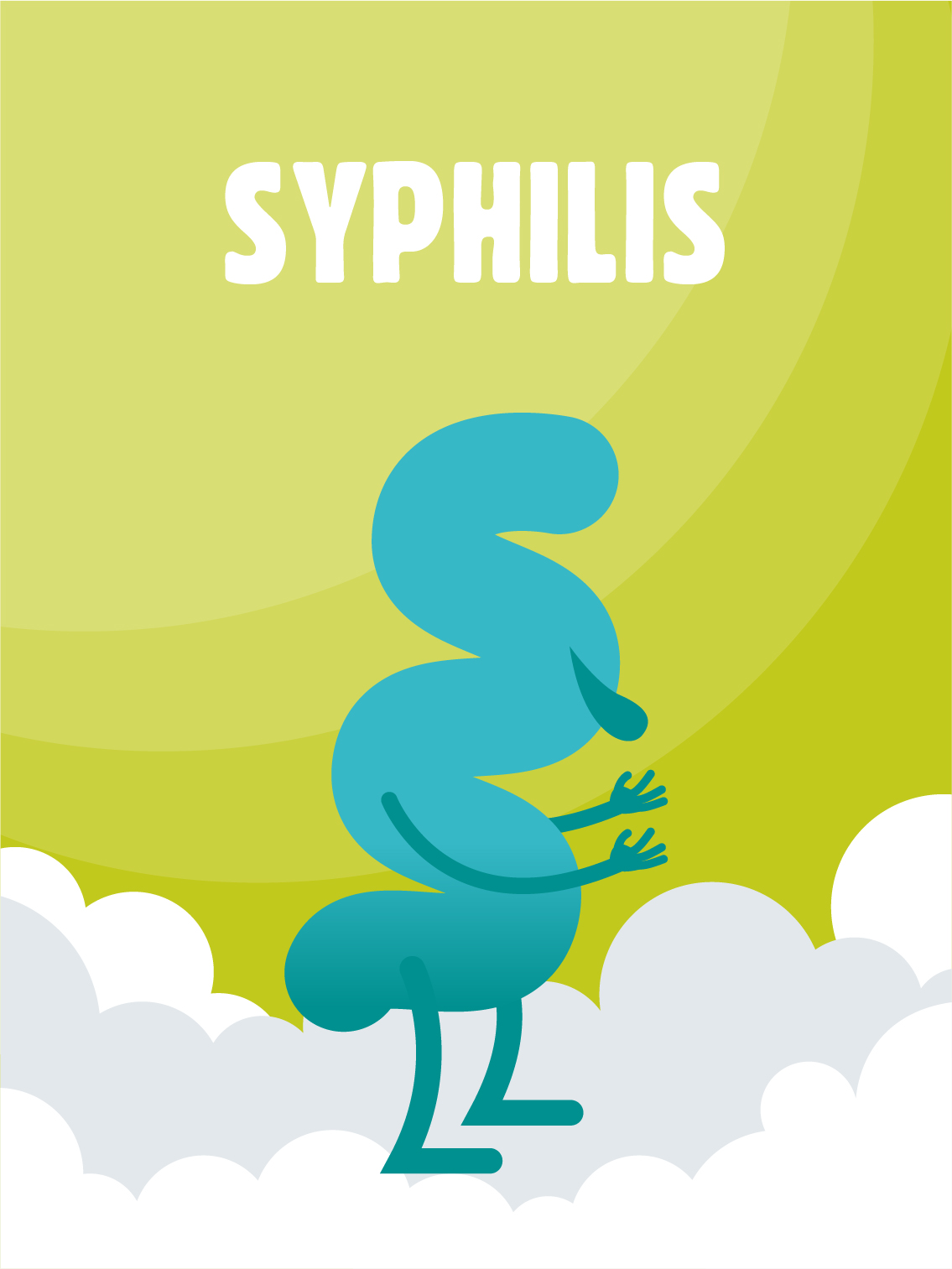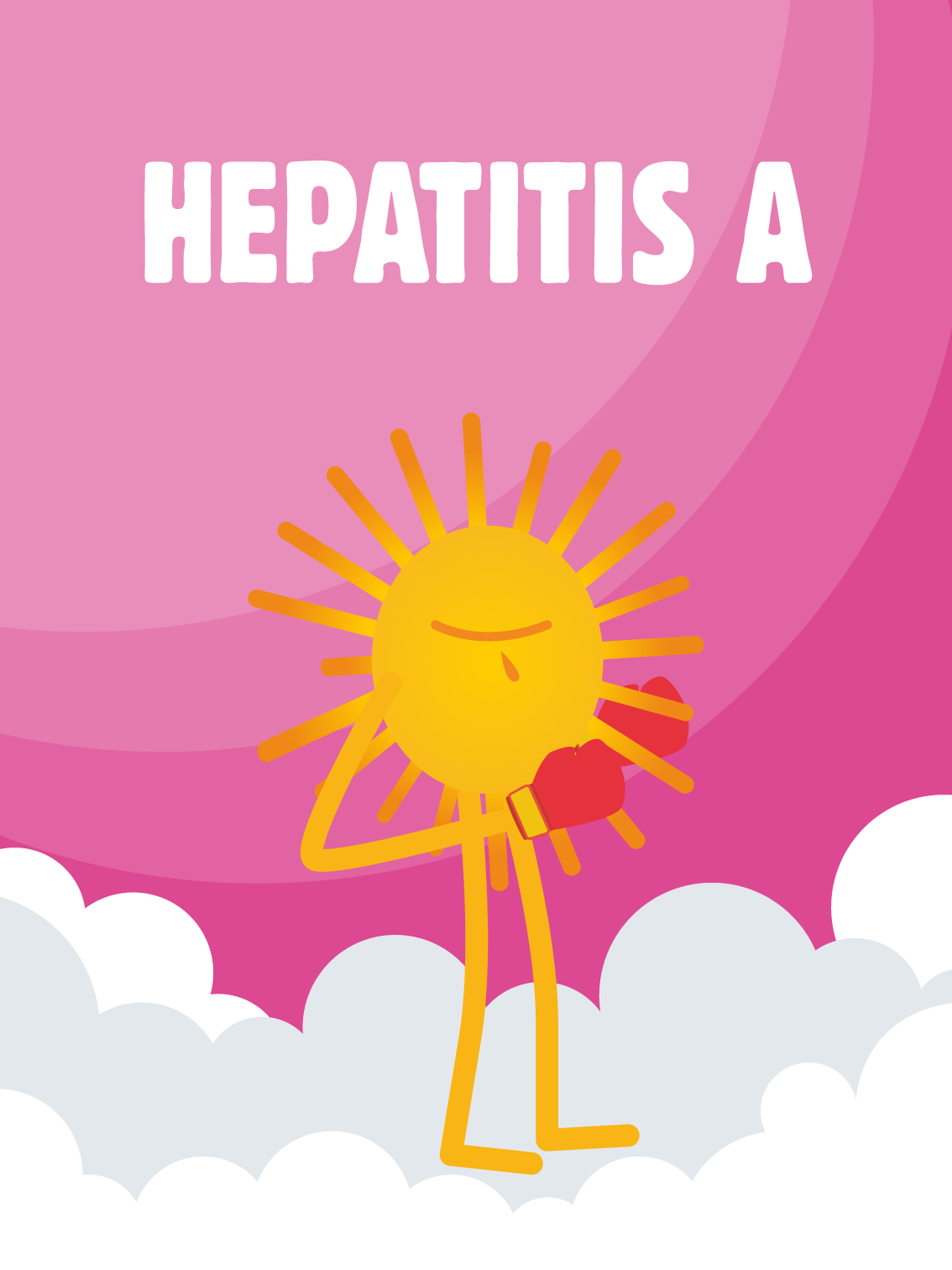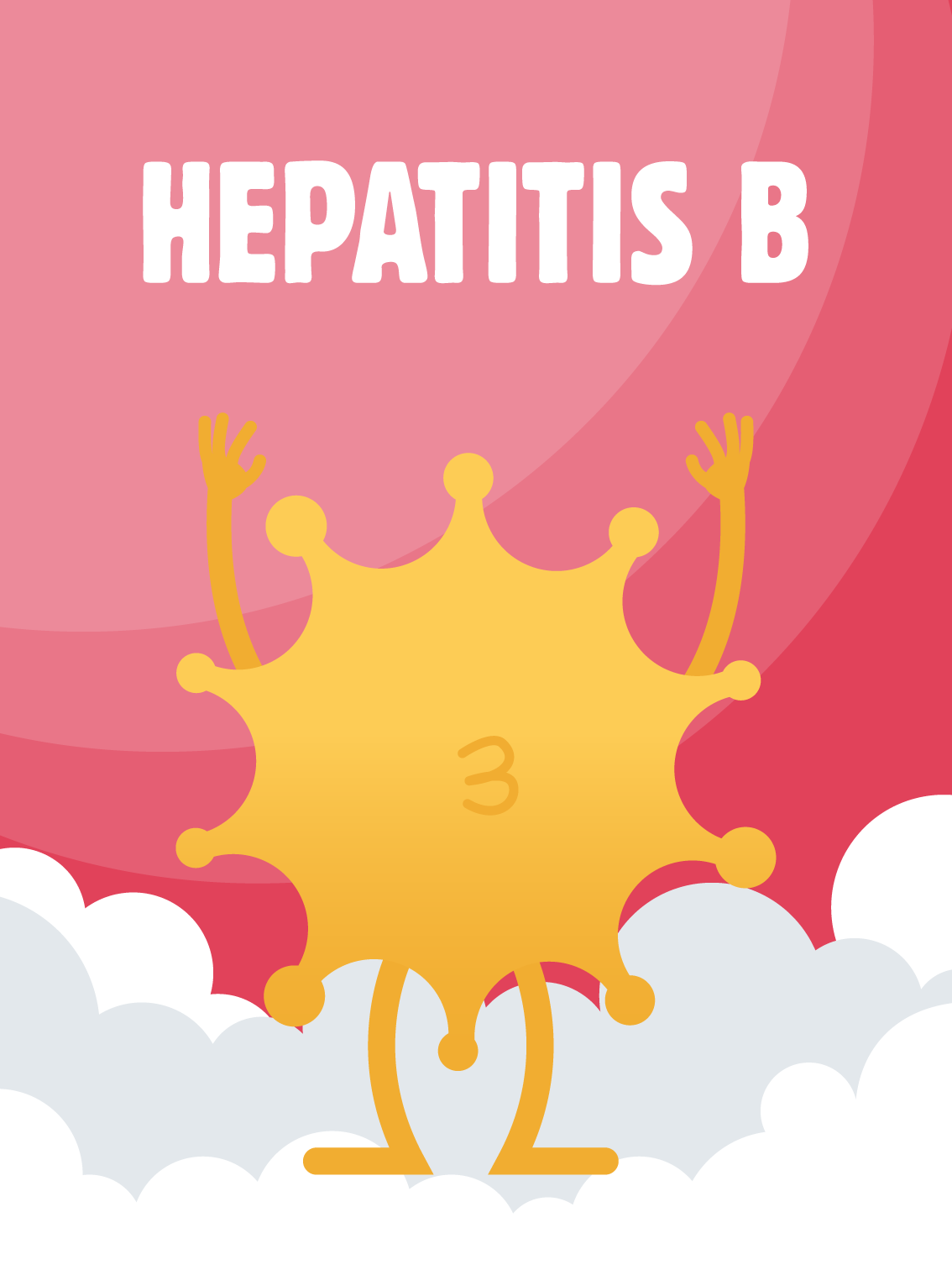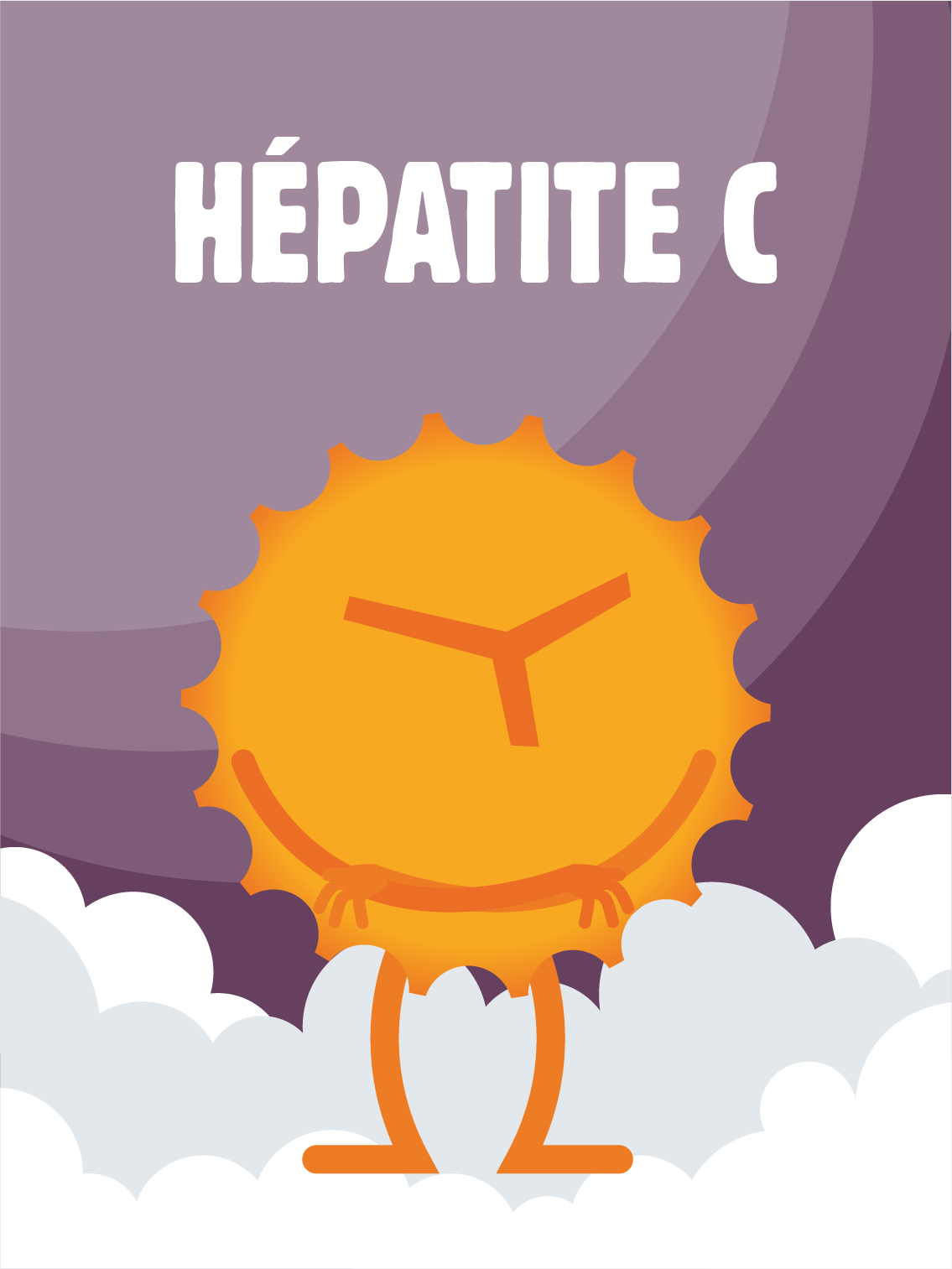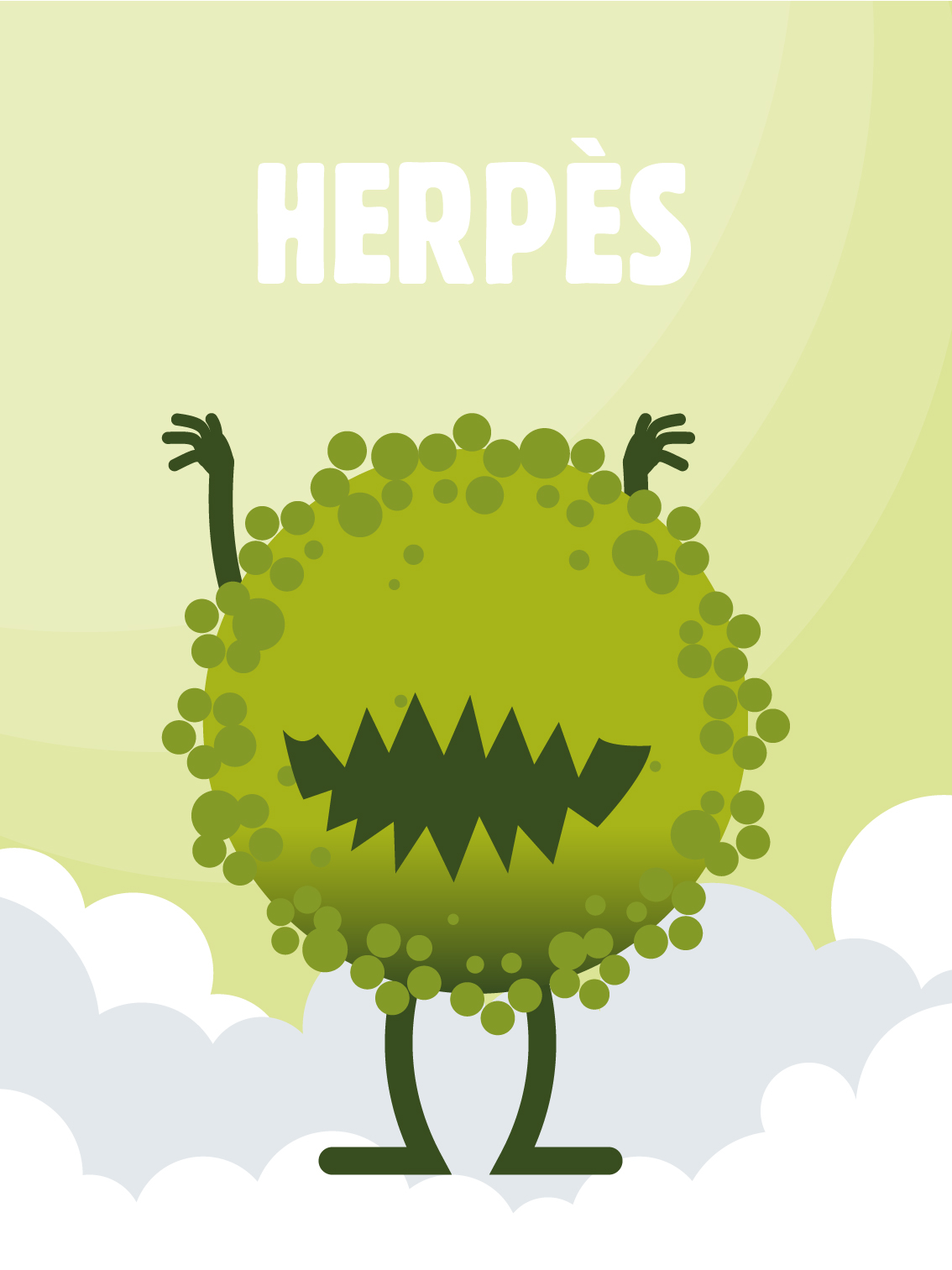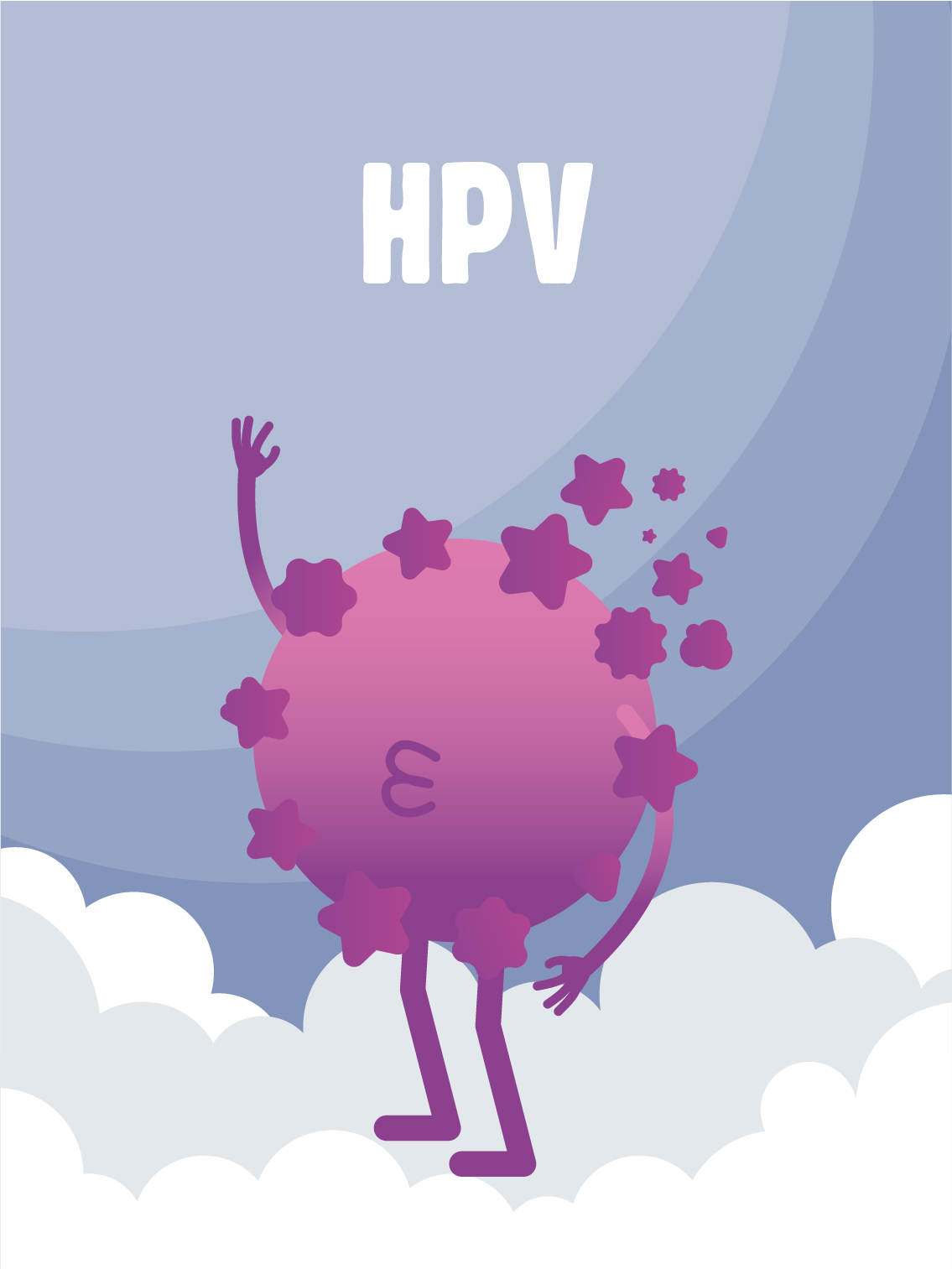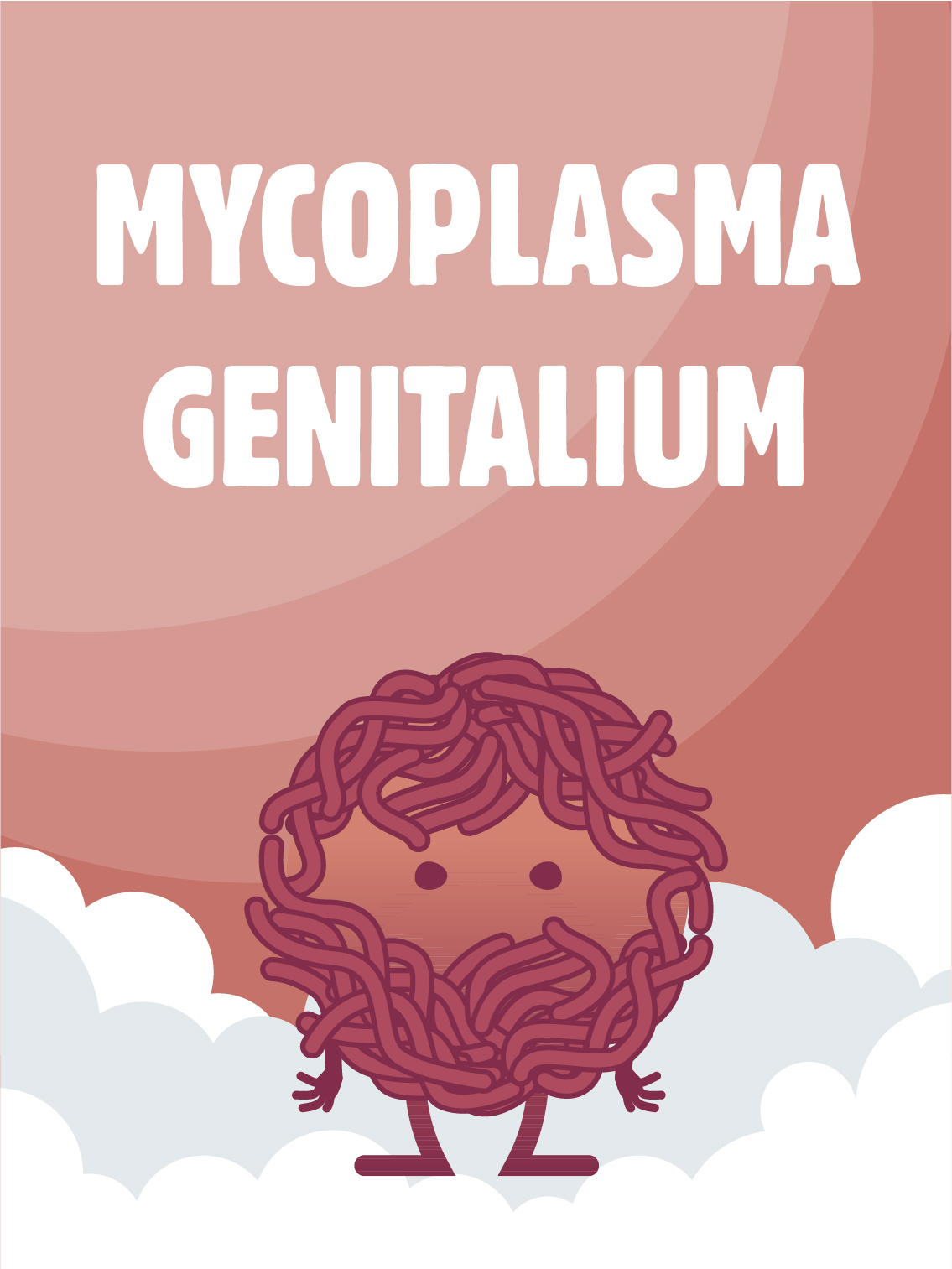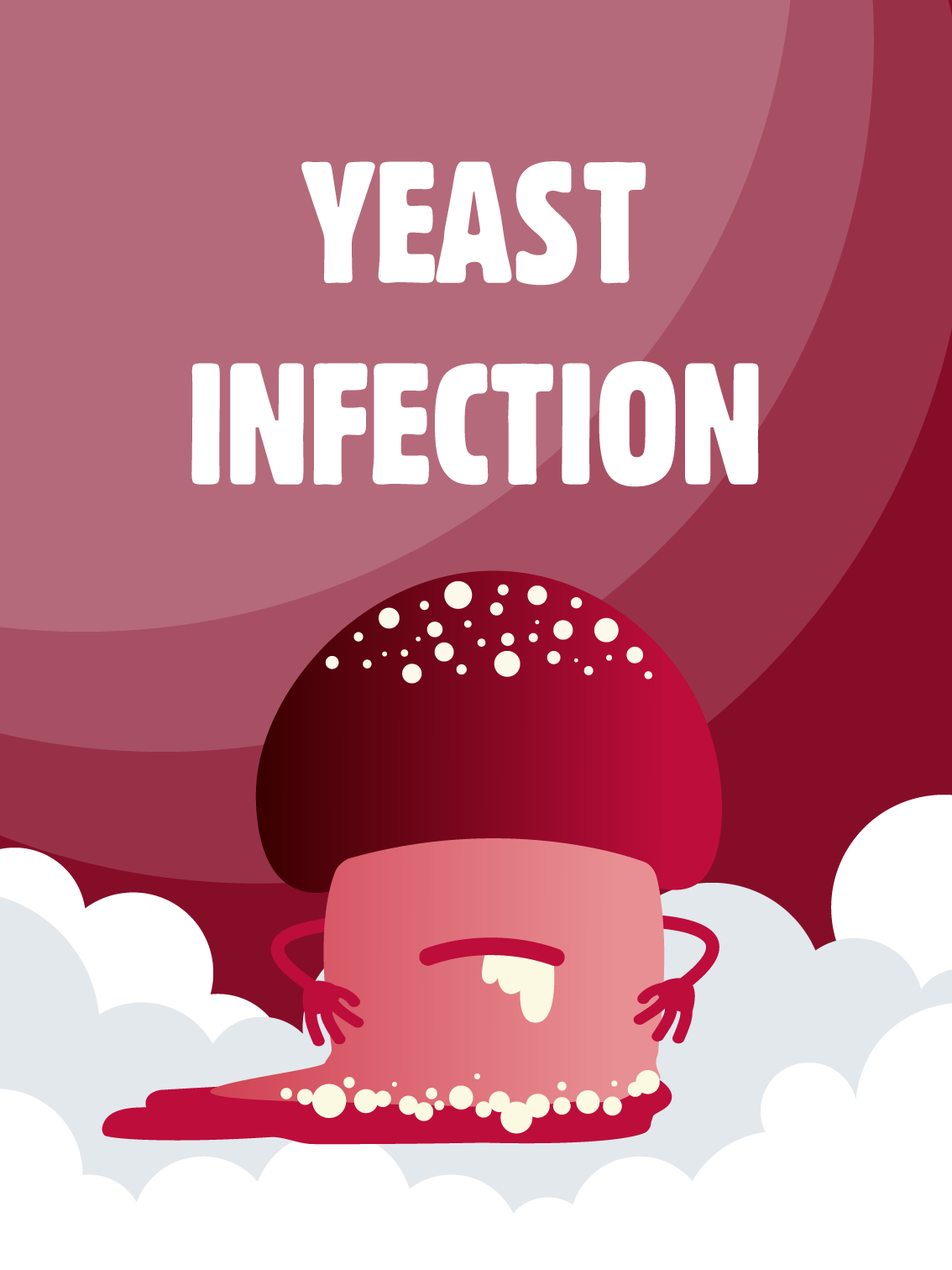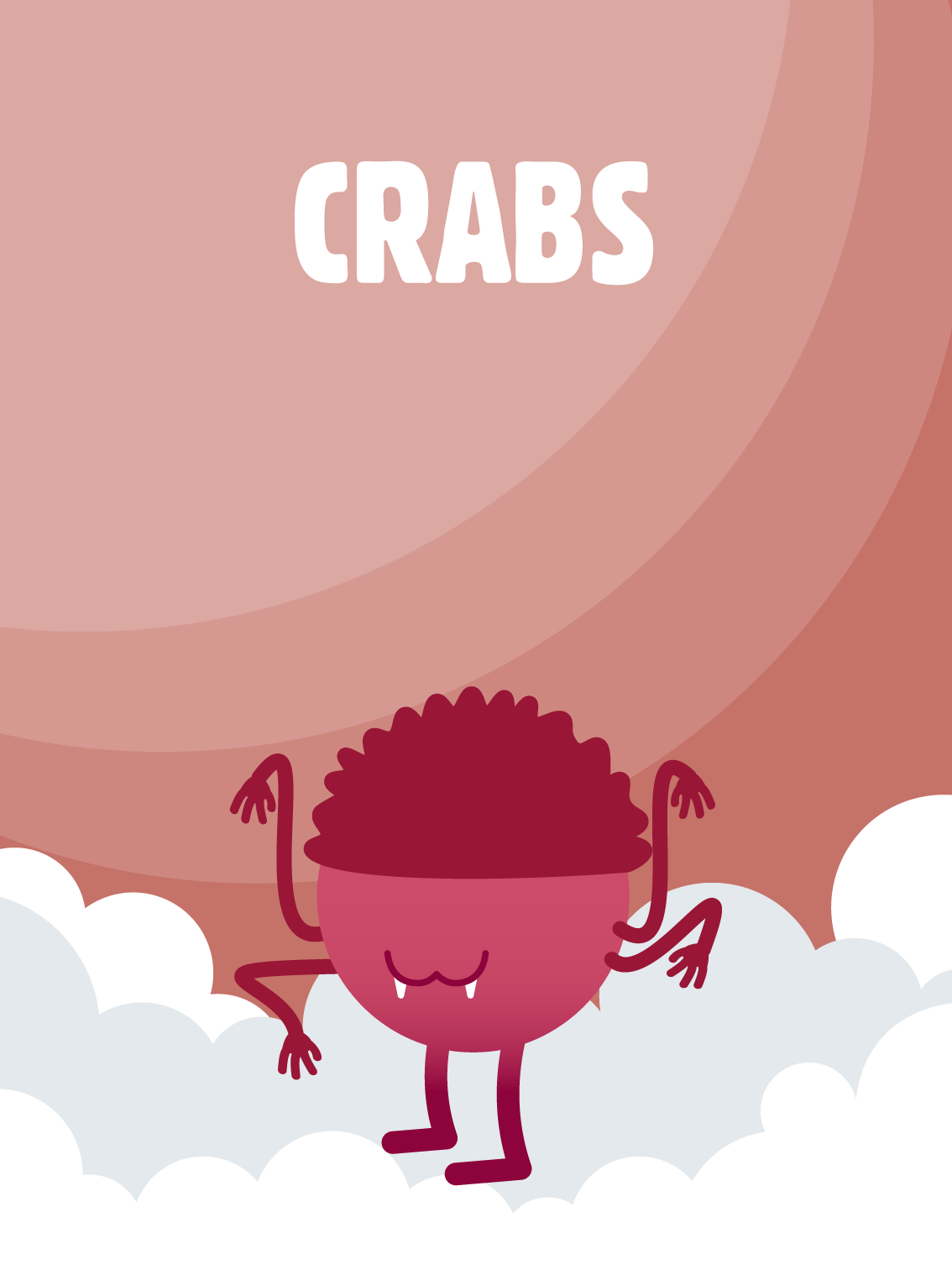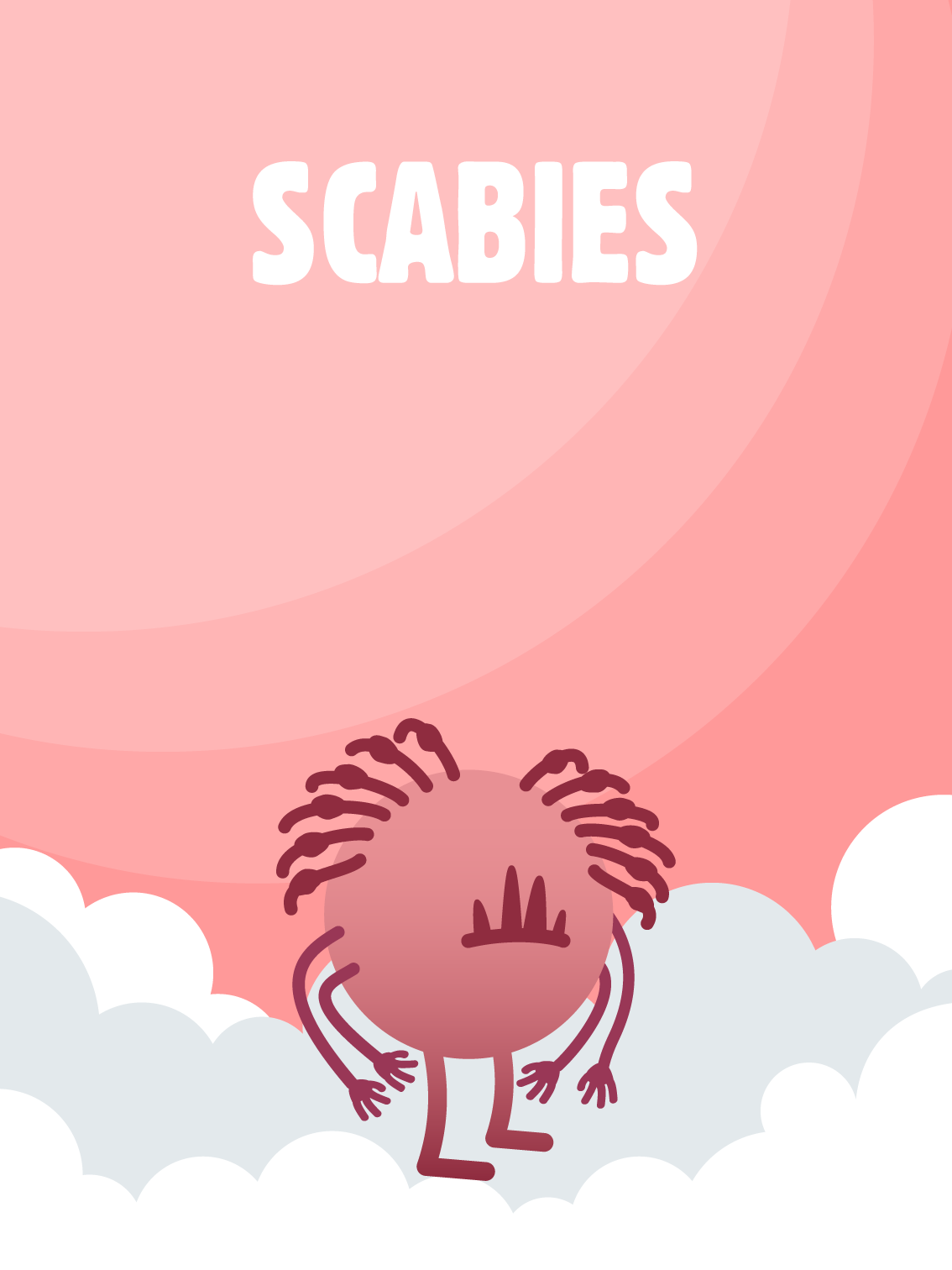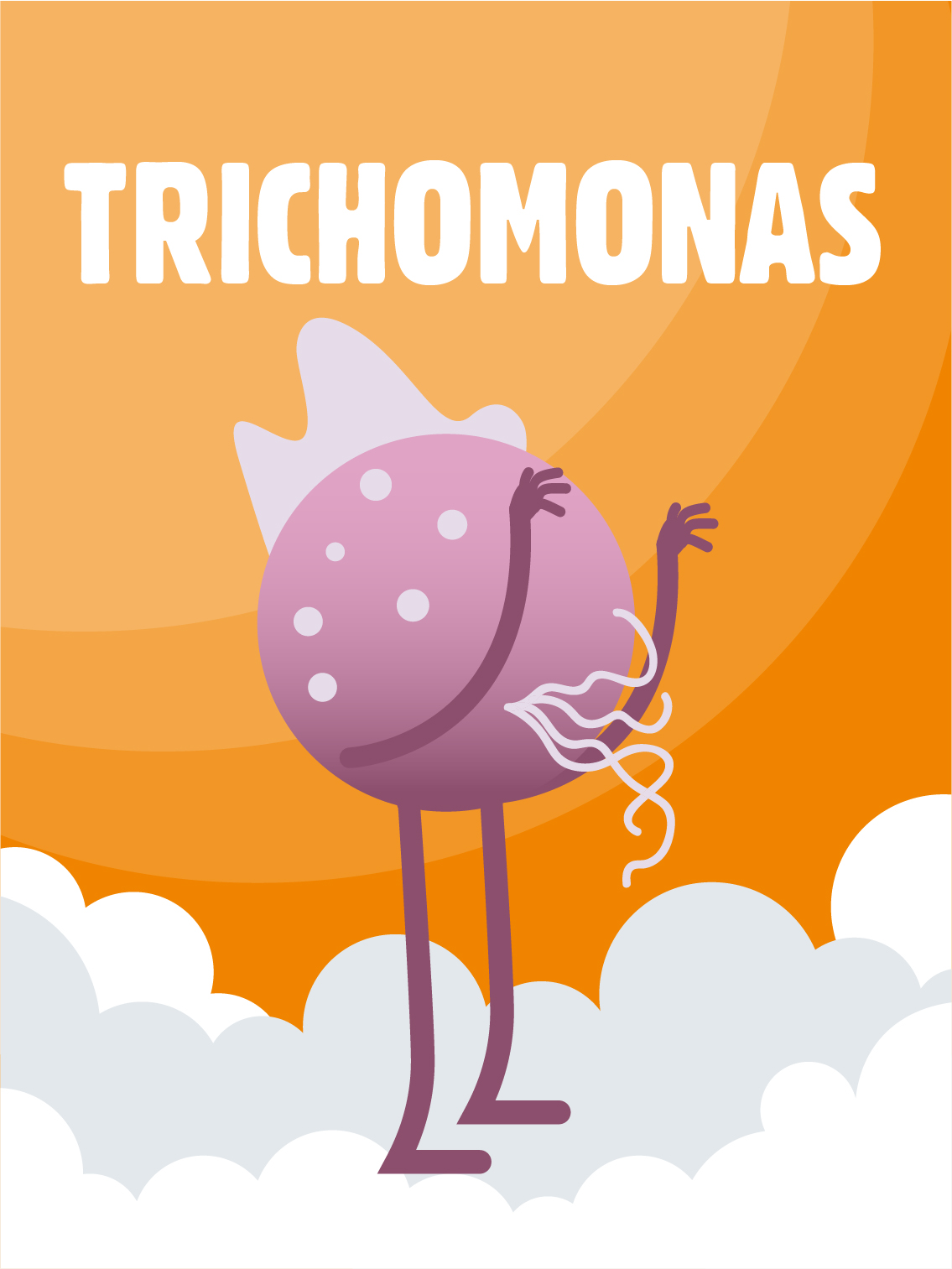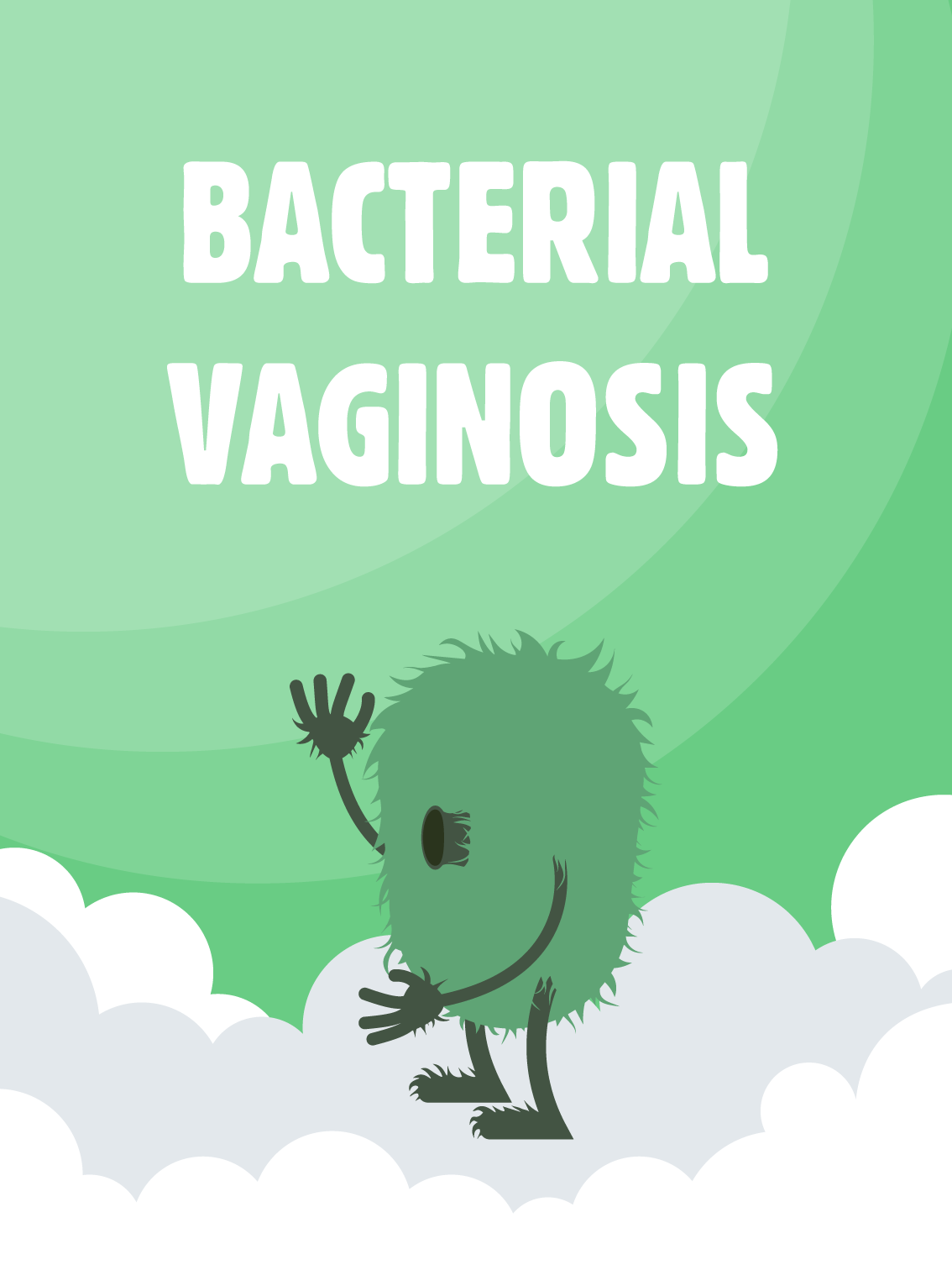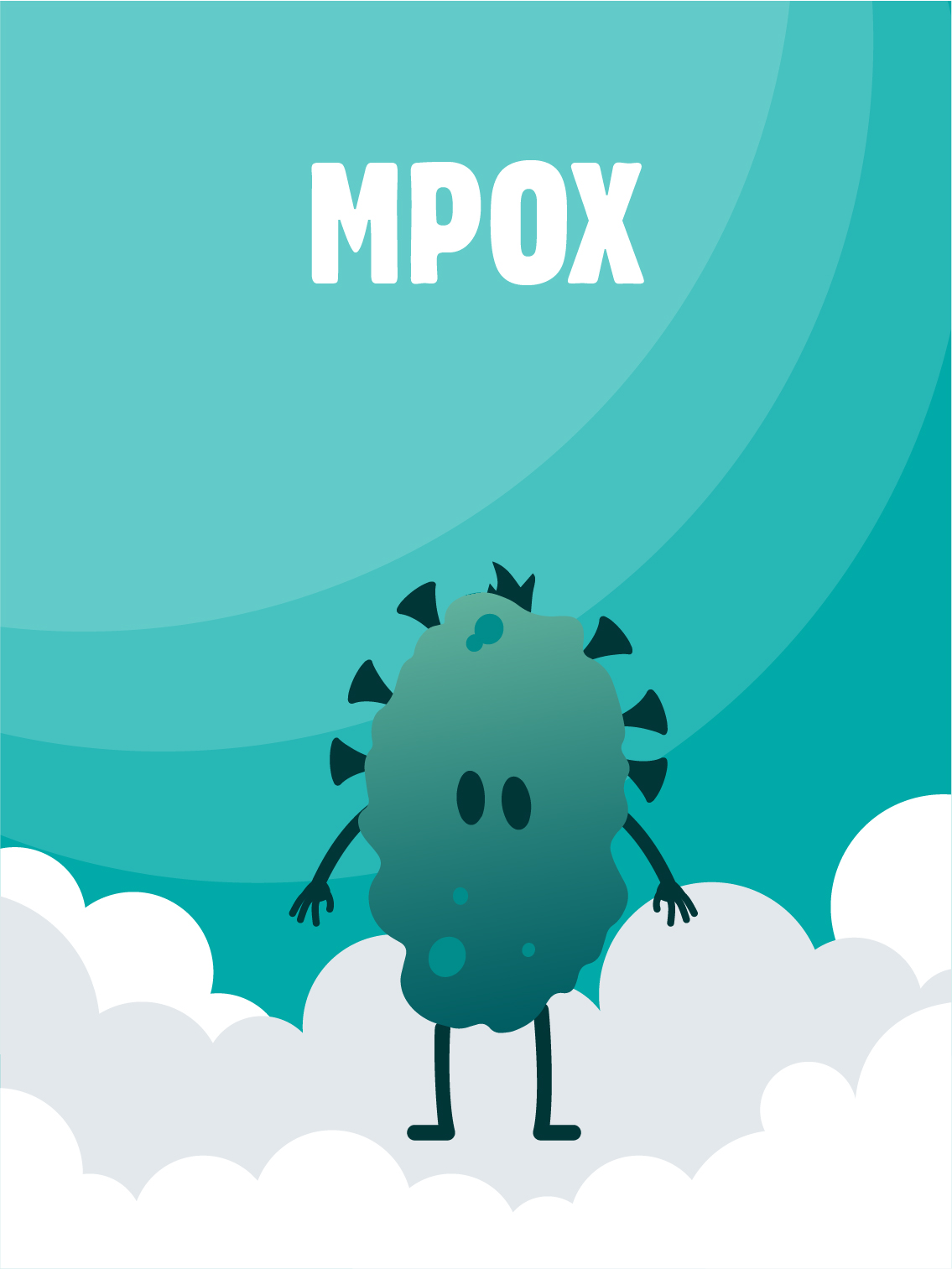GONORRHEA
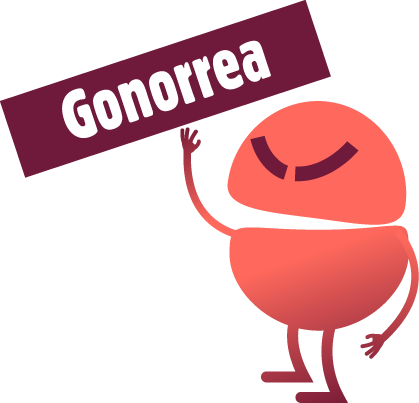
Gonorrhea is a sexually transmitted infection caused by the gonococcus bacteria. It is also known as the clap.
Overall, gonorrhea is the fastest-growing STI. Between 2019 and 2023, the number of diagnoses doubled (Sciensano, 2024).
Gonorrhoea is transmitted:
- through sexual contact (vaginal, oral and/or anal). Transmission can also occur through indirect contact (sex toys, sexual caresses).
- during childbirth.
Gonorrhea is often asymptomatic, except in the penis. Symptoms generally appear 2 to 5 days after infection:
- Unusual discharge from the penis and irritation of the penis
- Razor-sharp pain and possible bleeding. Throat and anal pain (often with fluid discharge)
- Unusual vaginal discharge, pain in the lower abdomen and irritation of the vulva
- Infection of the uterus and fallopian tubes;
- Prostate infection;
Infected individuals, even if they have no symptoms, can still transmit the infection to their sexual partners.
Asymptomatic gonorrhea can lead to complications such as infection of the uterus and fallopian tubes, which can cause infertility. Screening is therefore essential.
Asymptomatic infection of the throat, penis and anus is generally of no consequence, but screening is recommended to prevent transmission to partners with a uterus.
Screening for gonorrhoea is carried out:
- via a smear test (vaginal, oral, anal and, more rarely, urethral);
- by means of a "first jet*" urine test.
In the absence of symptoms, gonorrhea screening is generally no longer indicated for penis-only people who have relations only with other penis-only people.
*Totest effectively for gonococcus, the sample must be taken from the first drops without having urinated at least one hour before sampling.
Gonorrhea can be treated with antibiotics. However, treatment does not prevent re-infection later in life!
To protect yourself from gonorrhea, you can use condoms (external or internal), a latex square or a latex or nitrile glove.
Condoms reduce the risk of exposure, but do not offer total protection, as gonorrhea can be transmitted during sexual touching and oral sex (practices that are less often protected).
Please note that only 2 gonorrhea/chlamydia tests are reimbursed per year in Belgium.
Sources
World Health Organization: WHO & World Health Organization: WHO. (2024, July 4). Gonorrhea (Neisseria gonorrhoeae infection). https://www.who.int/fr/news-room/fact-sheets/detail/gonorrhoea-(neisseria-gonorrhoeae-infection)#:~:text=The%20gonorrh%C3%A9e%20can%20provoke%20sexual%20des%20with%20a%20person%20infect%C3%A9e.
Gonorrhea. (s. d.). sciensano.be. https://www.sciensano.be/fr/sujets-sante/gonorrhee
Morris, S. R. (2023b, September 27). Gonorrhea. MSD Manuals for the General Public. https://www.msdmanuals.com/fr/accueil/infections/infections-sexuellement-transmissibles-ist/gonorrh%C3%A9e

